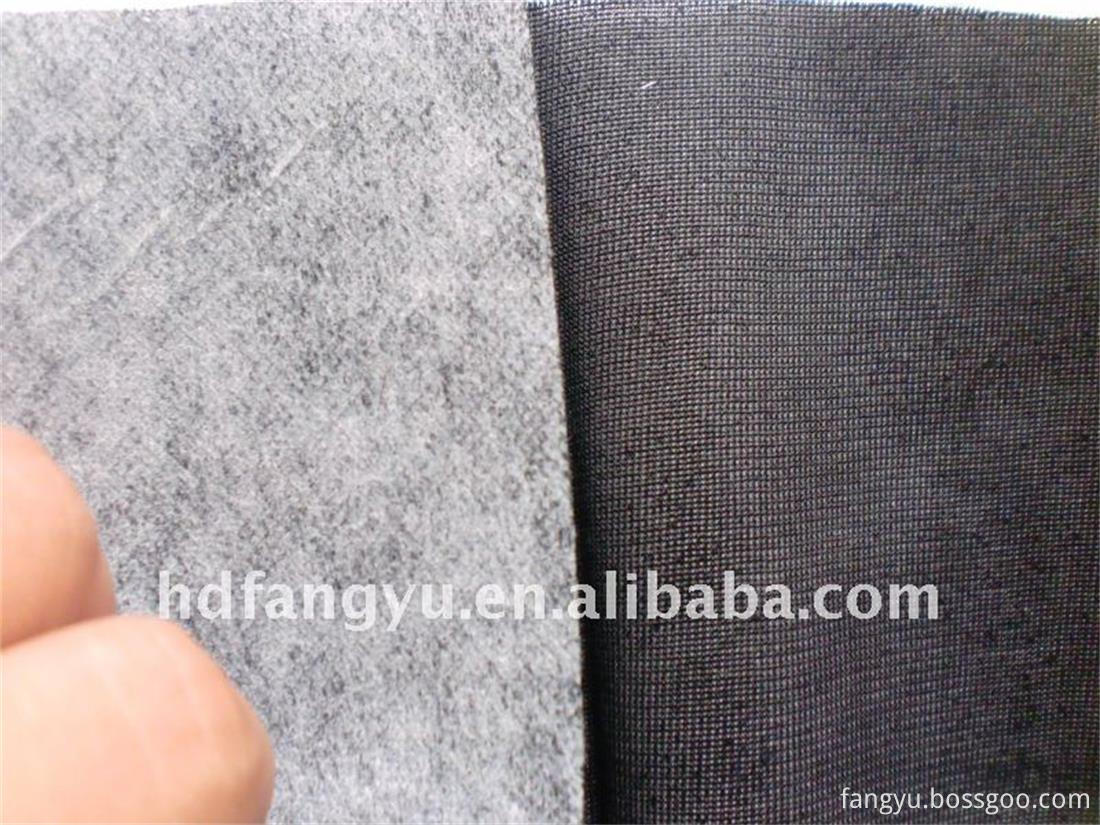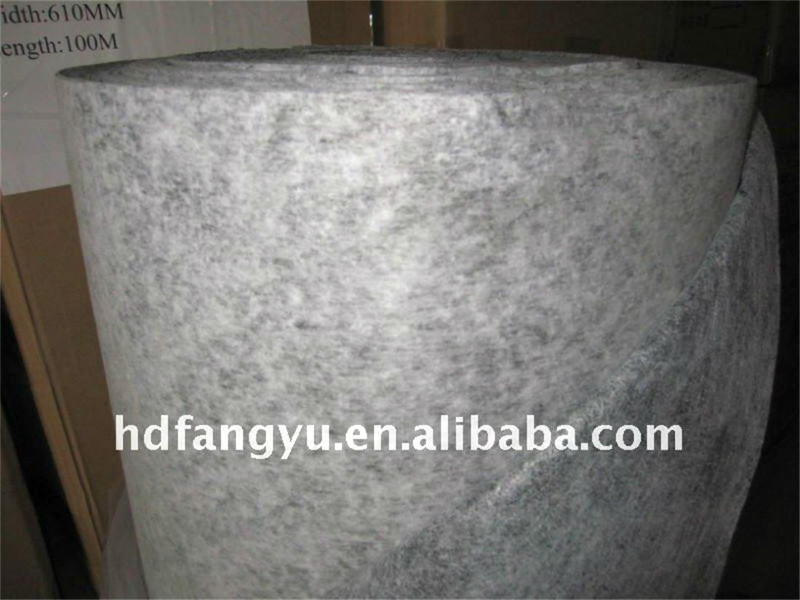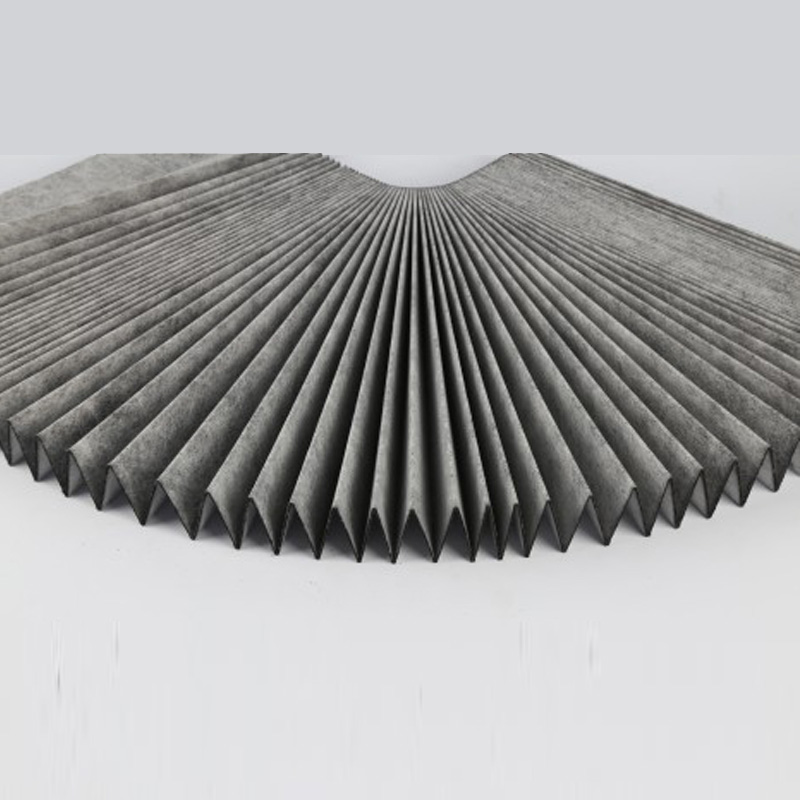In 2011, LED development has moved toward a faster and higher level. However, as far as the actual situation is concerned, the LED market has become chaotic and the quality has been uneven. With the development of the LED lighting industry in recent years, under the state's macroeconomic regulation and control, some supporting policies have been introduced to vigorously promote the new energy industry and promote the rapid development and penetration rate of the LED lighting industry. In the field of application of LED lighting, there are more and more LED lights used in the construction of urban lighting, urban lighting decoration, hotels, parks, museums, etc. LED lights were used in the construction and lighting effects of the Shanghai World Expo and the Guangzhou Asian Games. Many of the LED lights replaced in the Ten Cities and Ten Thousand Plans have been withdrawn, and the light decay is severe. It will not take long for the lights to become dim.
Below we summarize some common problems in the LED lighting industry:
Local Protectionism in Supporting Policies Some local governments have introduced policies to cultivate local LED lighting companies, giving priority to local municipal landscape lighting and traffic lighting, which has forced downstream LED lighting companies to focus on participating in government projects. In the bidding process. In addition, the domestic LED lighting standards have not been formulated, and the application standards vary from place to place, which has led to great resistance for enterprises to explore the market across regions, and has also limited the overall development of the LED lighting industry.
Lack of brand awareness LED companies have a large number of companies, mixed products, products are not in the same order, there is no independent brand, resulting in some patents being stolen, infringements have occurred frequently.
The urgent need for policy support for civil functions Because the price of LED lighting is more expensive than traditional sodium lamps, the one-time investment is large, making local governments dare not invest boldly, resulting in the speed of promotion and application of LED lighting in the country far behind the western countries. At present, the lighting associations of various provinces and cities are responding to government policies, such as Shanghai Lighting Association, Guangzhou Lighting Association, etc., lamps and other lighting in various provinces and cities are sales hotspots, such as Shanghai Lighting City, Zhongshan Lighting City and so on. At the same time, most of China's current LED lighting is still used in public facilities, and its daily functions still need to be supported by relevant policies.
Numerous bottlenecks have made the development of the LED industry still restricted, and cannot be as popular as energy-saving lamps. However, it is gratifying that in recent years, more and more LED companies have focused on the market, looking for channels suitable for their own products, focusing on the differentiated advantages of market competition; gradually strengthening the promotion and training of their own brands; paying attention to the overall environment of the region and starting Standardize the market competition order.
Technical and equipment bottlenecks In the technology of LED substrate materials and epitaxial wafer production equipment, the domestic LED lighting industry has obvious bottlenecks. The independent innovation and patents in the LED field of China's enterprises are mainly concentrated in the packaging stage. In the most critical white light, high-power LED lamp thermal balance problem, long-lasting and efficient phosphor, etc., the technology patent has been used by European, American and Japanese companies. monopoly. The brightness, luminous efficiency, antistatic ability, anti-leakage capability and quality control level of domestic LED lighting products still have a large gap compared with international products.
Lack of product pricing rights Domestic LED companies are small in scale and industrial resources are scattered. Core chips, especially high-power LED chips, mainly rely on imports from abroad. A single small and medium-sized manufacturer can only import high-priced chips from abroad, resulting in a low bargaining power, which keeps costs high.
Activated Carbon Nonwoven Fabric
Activated carbon fabric for carbin filters
Activated carbon non woven filter fabric is also called activated carbon cloth, activated carbon filter cotton. The activated carbon non woven filter fabric is a three-layer cloth. Its top and bottom layers are non-woven fabric cloth and the middle layer is the high quality activated carbon powders. The non-woven fabric cloth and activated carbon powders are fastened by high temperature thermal pressing.
good ability of adsorption
of odor and collecting dust
non woven activated carbon fabric:it can effectively filter
general contaminants in the air,effectively,control the ozone in the air and
organic pollution, and remove the smells, SO2 and ammonia gas in the air.
Corrosion resistant, good ablity of adsorption of odor and collecting dust
Carbon Content: 30-45%, Benzenes Adsorption Capacity:
8-40w%.
Specification: Activated carbon nonwoven fabric usually
is with the following specification:Width: 90-160cm Thickness: 0.2-1.2mm
Weight: 30-150g/m2.
Special size and thickness are available upon request!



Activated Carbon Nonwoven Fabric,Activated Carbon Fabric For Carbin Filters,Needle-Punched Nonwoven Fabric,Activated Carbon Composite Filter Media
Hebei Fangyu Trade Co., Ltd. , https://www.fangyu-filtermedia.com